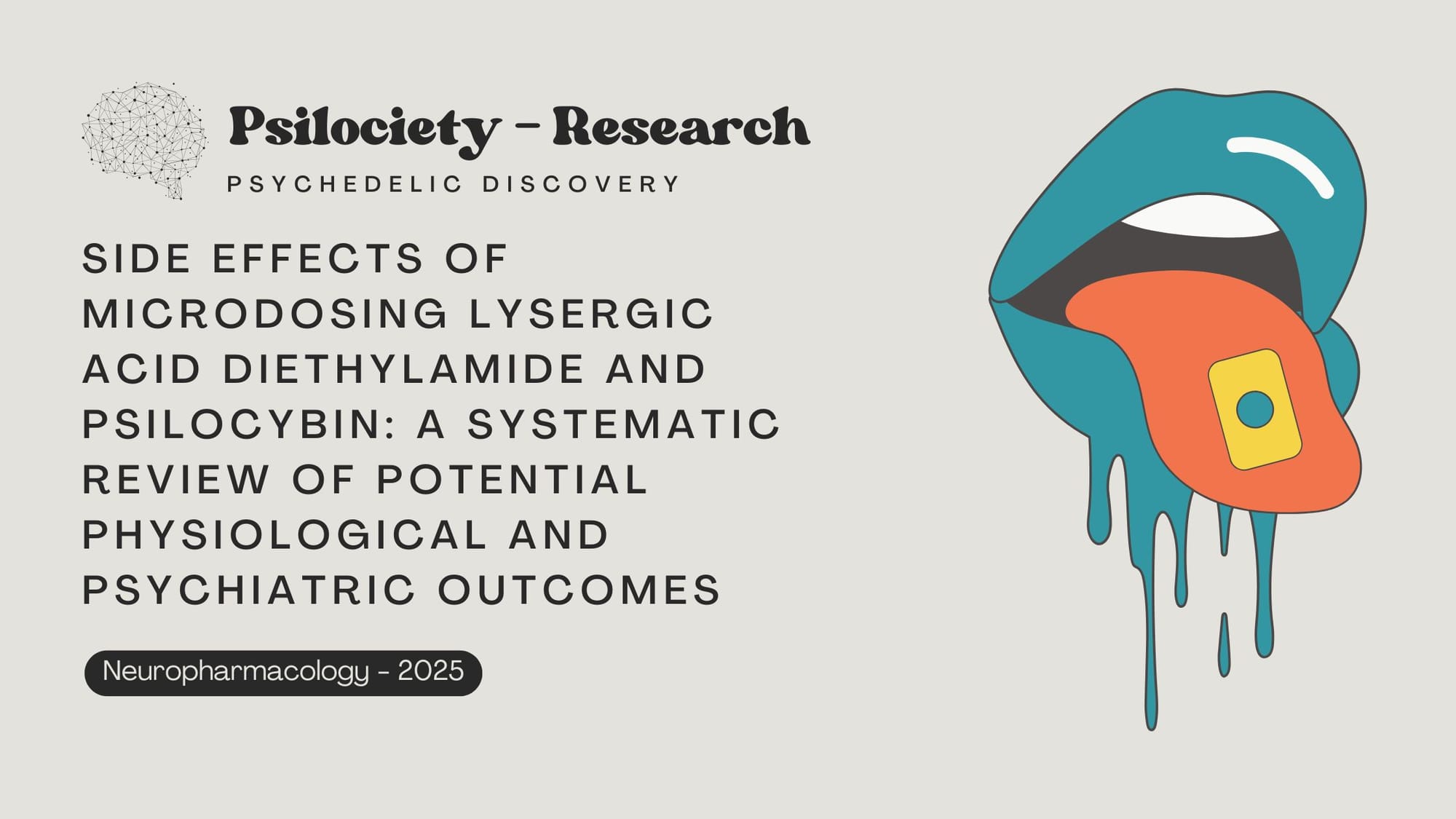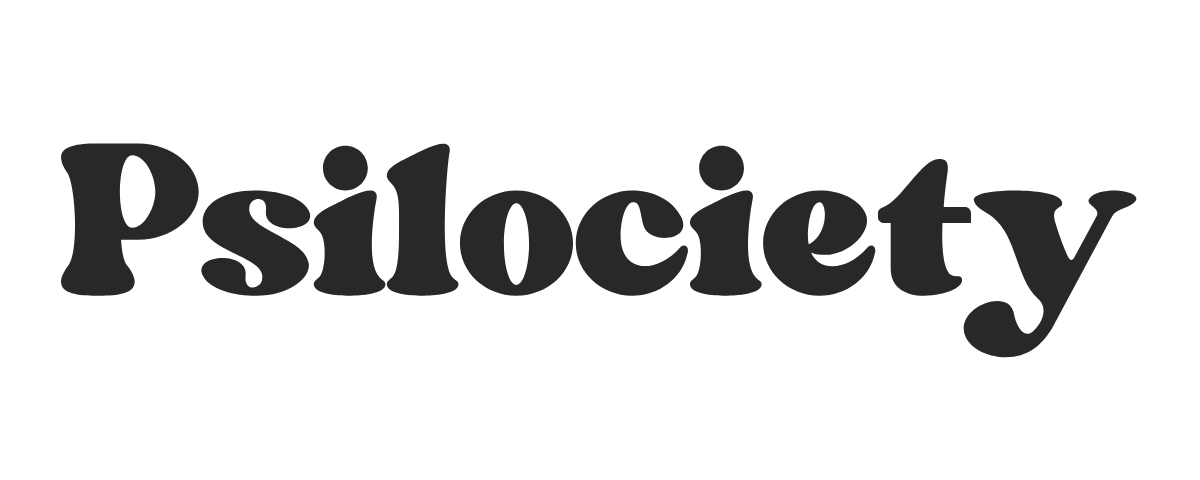Side Effects of Microdosing Lysergic Acid Diethylamide and Psilocybin: A Systematic Review of Potential Physiological and Psychiatric Outcomes
A systematic review on the physiological and psychiatric side effects of microdosing LSD and psilocybin, including anxiety, BP increase, and cognitive impairment.

Title & Introduction
- Paper Title: Side Effects of Microdosing Lysergic Acid Diethylamide and Psilocybin: A Systematic Review of Potential Physiological and Psychiatric Outcomes
- Published In: Neuropharmacology
- Publish date: March 2, 2025
- Authors: Stefan Modzelewski, Anna Stankiewicz, Napoleon Waszkiewicz, Kacper Łukasiewicz
- Objective: To systematically review and categorize the physiological and psychiatric side effects of microdosing LSD and psilocybin.
- Importance: While microdosing is widely practiced for its purported benefits, little is known about its side effects. Understanding potential adverse outcomes is essential for evaluating its safety profile.
Summary & Takeaways
Key Takeaway: Microdosing LSD and psilocybin is associated with mostly mild and transient side effects, including increased blood pressure, anxiety, cognitive impairment, and gastrointestinal discomfort. However, the risk of more severe side effects remains unclear due to study limitations.
Practical Application: This review informs both researchers and individuals practicing microdosing about the potential risks, helping to develop safety guidelines and encourage further research on long-term effects.
Key Background Information
- Context: Psychedelics have been increasingly studied for therapeutic benefits, but research on microdosing and its side effects remains limited.
- Hypothesis: Microdosing produces minor physiological and psychiatric side effects that are generally short-lived and dose-dependent.
Methodology
- Study Design: Systematic review following PRISMA guidelines.
- Participants: Studies included human subjects who engaged in microdosing.
- Intervention/Exposure: Microdosing LSD (5-25 μg) and psilocybin (0.1-0.5 g from mushrooms or 1-5 mg synthetic psilocybin).
- Controls: Placebo groups in some laboratory studies.
- Duration: Included studies ranged from single-dose trials to multi-week observational studies.
Key Findings
Primary Outcomes:
- Increased blood pressure (mild and transient)
- Anxiety (dose-dependent and more common at higher microdoses)
- Cognitive impairment (reduced processing speed, mild confusion)
- Gastrointestinal issues (nausea, vomiting, diarrhea)
- Sleep disturbances (insomnia or excessive sleepiness)
- Mood fluctuations (euphoria or depressive symptoms in some cases)
Secondary Outcomes:
- Visual and auditory perceptual disturbances (rare and mild)
- Agitation and irritability
- Lack of evidence for serious side effects such as psychosis or HPPD (Hallucinogen Persisting Perception Disorder)
- Potential withdrawal symptoms after stopping prolonged microdosing
Interpretation & Implications
- Conclusion: Microdosing psychedelics is associated with minor side effects, but long-term safety remains uncertain. Most adverse effects are transient and dose-dependent.
- Implications: Further research is needed to standardize dosages and evaluate long-term risks. Special caution should be taken by individuals with cardiovascular conditions or anxiety disorders.
- Limitations: Study heterogeneity, reliance on self-reported data, and lack of long-term controlled trials limit the ability to draw definitive conclusions.
Researchers & Publication
- Researchers: Stefan Modzelewski, Anna Stankiewicz, Napoleon Waszkiewicz, Kacper Łukasiewicz
- Publication Name: Neuropharmacology
- Study URL: https://doi.org/10.1016/j.neuropharm.2025.110402

